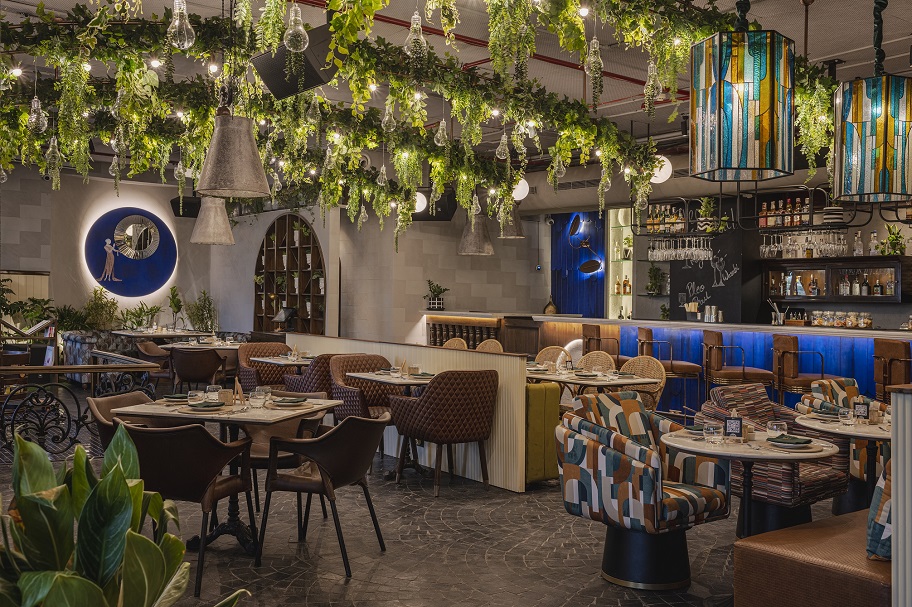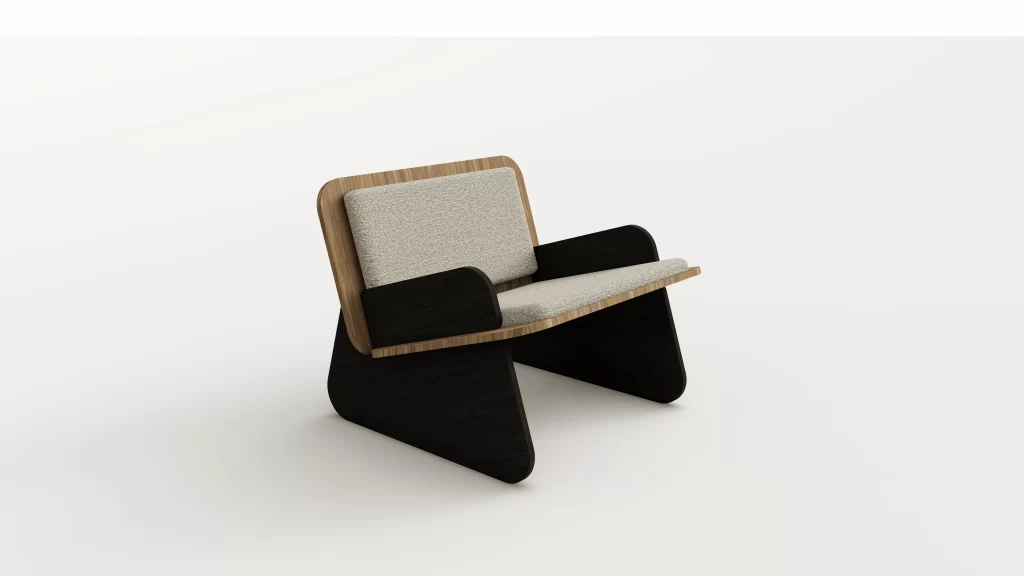Meet the founder of Design Konstruct Misbah Kapadia, who has been the mind behind the memorable designs of restaurants, retail, residencies and commercial spaces such as Kala Chashma, Silver Beach Café and Manaca
Interior Designer Misbah Kapadia boasts a 15-year long career in design, and alongside her wealth of experience, she has a remarkable and diverse portfolio filled with unique spaces. Her work ranges from restaurants and cafés such as Silver Beach Café, Kala Chashma, Asian Kitchen, Pleo, Bougain Villa to notable residencies across Mumbai, Bangalore and Chennai. Notably, she has also designed for Manaca, a forward-thinking streetwear brand.
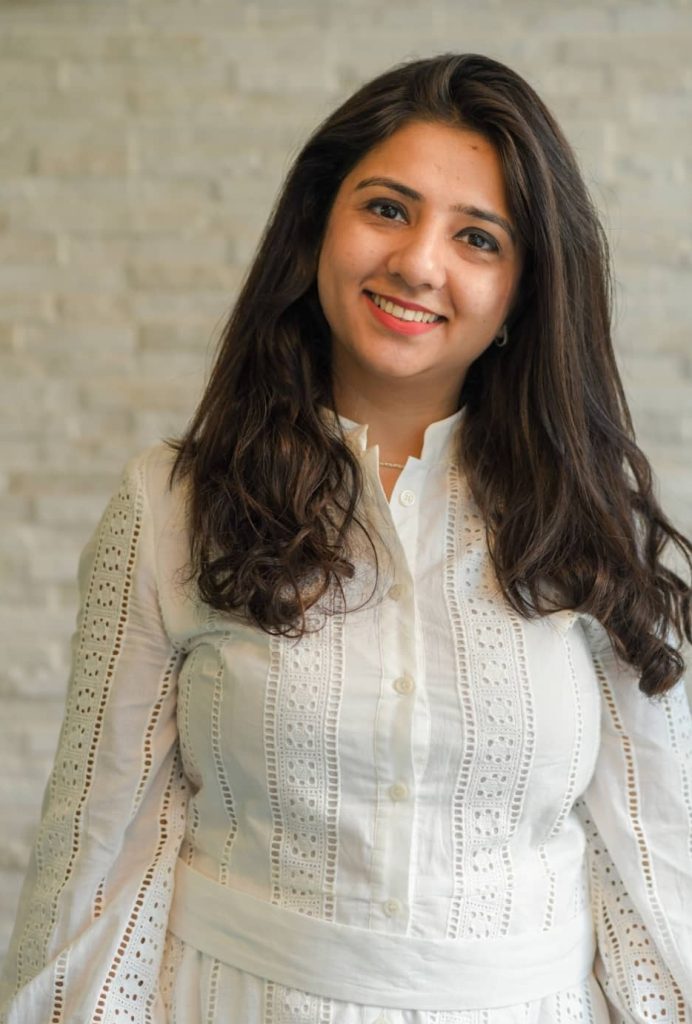
Misbah Kapadia began her career at a young age, working at Architect Vivek Verma under Minnie Bhatt at 19. Following that, at the age of 22, she became an integral part of Minnie Bhatt Designs, where she grew for 10 years. She eventually became the Design Lead and delivered more than 12 sites per year. Following that, she founded her own design firm Design Konstruct in 2019. She remains involved in every aspect of the work, and leads the team on every detail from scratch. Her work has expanded globally, as she designed the restaurant Kailash Parbat in Munich. She also has a line of chairs Missaki, thus making her design expertise all the more evident.
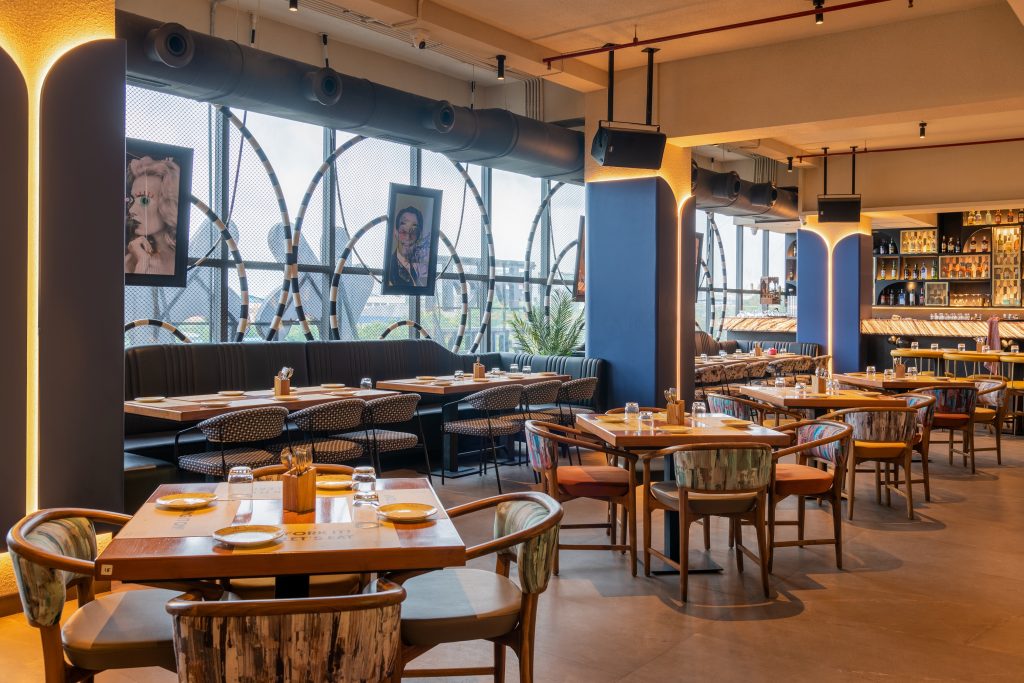
In this delightful conversation as part of our series D-talks, Misbah Kapadia opens up about her journey and design philosophy.
Q. How would you describe your signature design aesthetic, and how has it evolved while working in India?
Misbah Kapadia : My aesthetic blends timeless elegance with bold, conversational elements. I gravitate toward spaces that tell a story where every material, texture, and accent serves a purpose. Working in India has given me an incredible palette to draw from: a rich heritage of craftsmanship, diverse architectural styles, and a deep cultural connection to color and pattern. Over the years, I’ve moved from purely visual appeal toward creating experiences designing spaces that not only look good but feel memorable and immersive.
Q. What influences and inspires your current work? Could you share some movements, designers, or elements of Indian culture that have shaped your practice?
Misbah Kapadia : I’m inspired by craftsmanship, bold forms, and design that tells a story. Everyday details, textures, patterns, and spaces around me often spark new ideas and shape my practice.
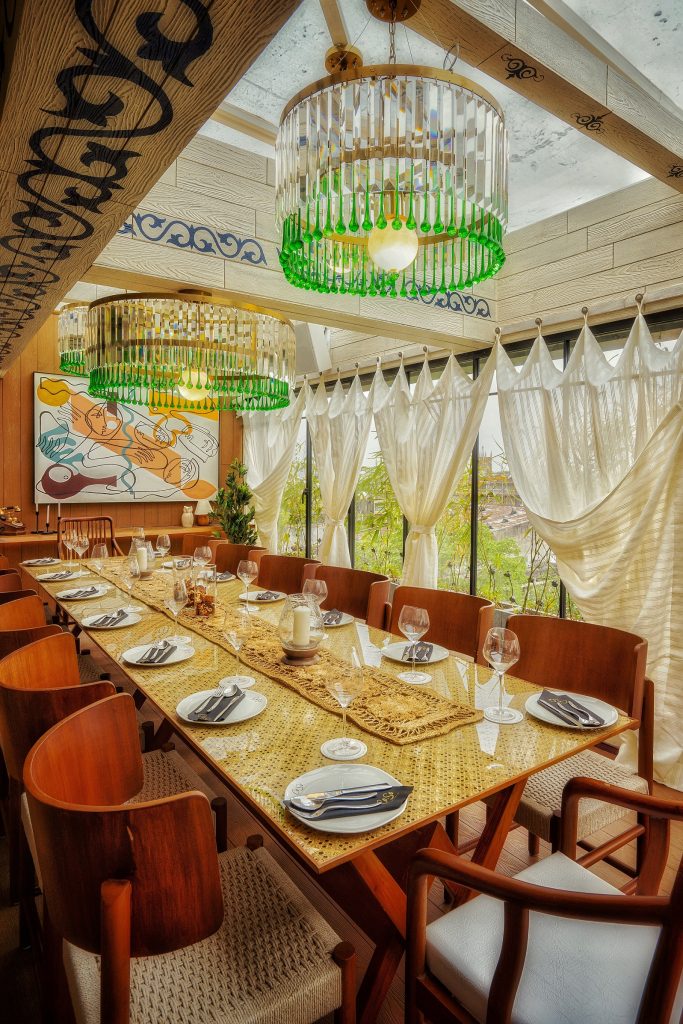
Co. So Restaurant
Q. Could you walk us through your creative process? How do you move from initial concept to final execution?
Misbah Kapadia : It starts with listening, understanding the client’s aspirations, functional needs, and emotional vision for the space. From there, I develop mood boards and material palettes, often pulling in references from art, travel, and culture. I like to test how light interacts with surfaces and how movement flows through a space. The execution stage is about precision, working closely with craftsmen, site teams, and suppliers to ensure that every detail matches the original vision while allowing room for organic, in-process discoveries.
Q. Looking back at your portfolio, which project represents a significant turning point in your career, and among your recent works, what project are you most proud of and why?
Misbah Kapadia : Every project has been a learning experience, and I’m truly grateful for each one. If I were to point to a turning point, it would be my recent international project Kailash Parbat in Munich, which challenged me to translate an iconic Indian brand identity into a global context. Among my other works, restaurants like Co.So in Nagpur, My Oh My in Nashik, and Sororai in Mumbai, as well as a villa in Chennai and a 4BHK residential project in Worli, Mumbai, have been deeply rewarding. I’m also proud of retail projects like Manaca a futuristic and technical streetwear brand. Each of these spaces allowed me to explore different design narratives while staying true to my aesthetic.
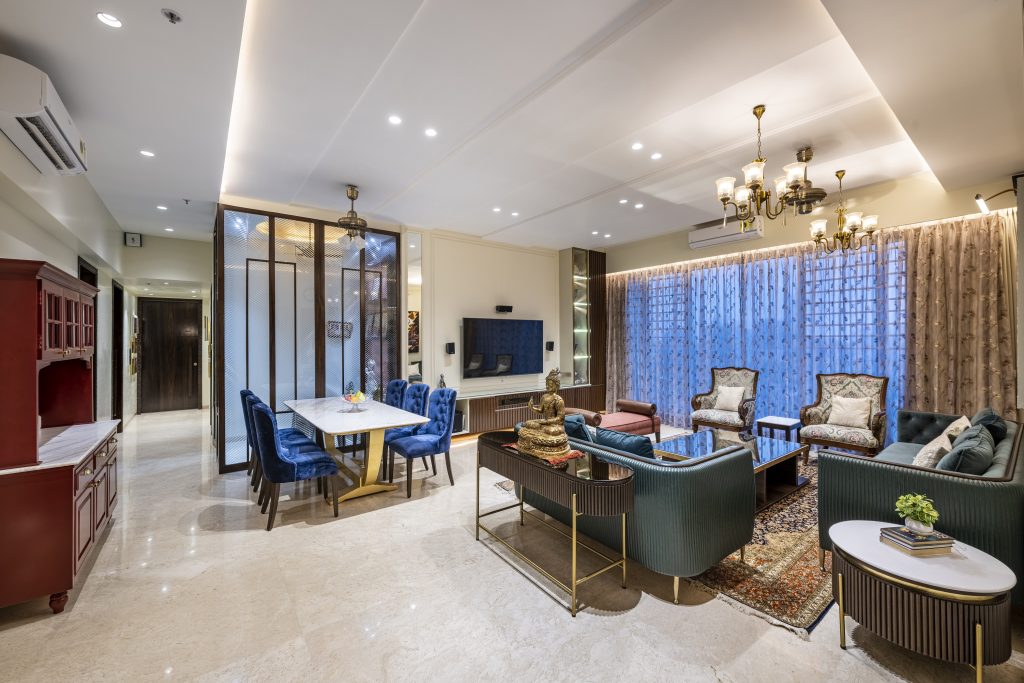
4bhk In Mumbai
Q. What unique challenges and opportunities have you encountered as an emerging designer in the Indian design industry, and how are you working to overcome these obstacles?
Misbah Kapadia : One challenge is balancing creative ambition with the constraints of budgets, timelines, and on-site realities. Another is ensuring skilled craftsmanship in a rapidly changing market. I approach these by building long-term relationships with vendors and artisans, educating clients about the value of design quality, and staying adaptable without compromising on my design integrity.
Q. How do you approach sustainability and eco-friendly practices in your designs, particularly considering India’s traditional wisdom and contemporary environmental challenges?
Misbah Kapadia : Sustainability for me is about being thoughtful with material choices, sourcing locally where possible, reusing or upcycling elements, and choosing finishes that have longevity. India’s design traditions have always embraced sustainable practices, whether it’s natural cooling techniques or handcrafted furniture built to last decades. I try to marry that wisdom with modern eco conscious innovations.
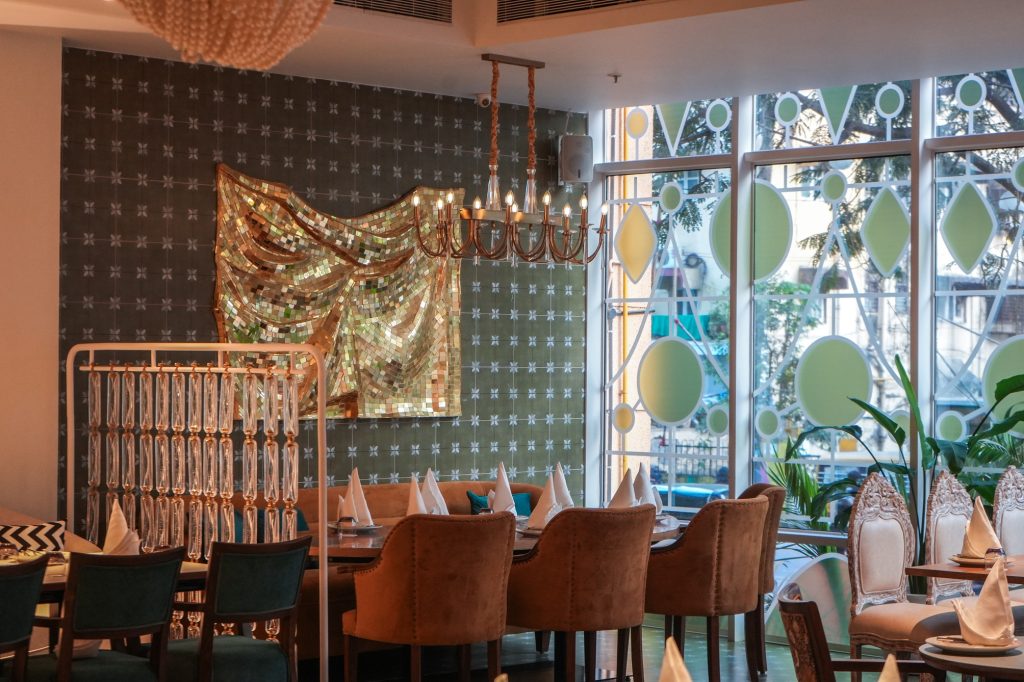
Tamarind Restaurant
Q. What’s your most exciting recent design or art discovery that’s influencing your current thinking?
Misbah Kapadia : I’ve recently been fascinated by terrazzo made from recycled materials. It’s sustainable, versatile, and lends a playful yet refined texture to spaces. I’m also enjoying experimenting with natural finishes that bring warmth and character into a design.
Q. How do you build visibility and reach out to potential clients – what platforms and strategies have worked best for you?
Misbah Kapadia : Instagram has been a great platform to not only showcase my work but also share the stories behind each project. Word of mouth continues to be one of the strongest ways to connect, which is why creating an exceptional client experience is always a priority. I also collaborate with publications and influencers to further extend my reach.
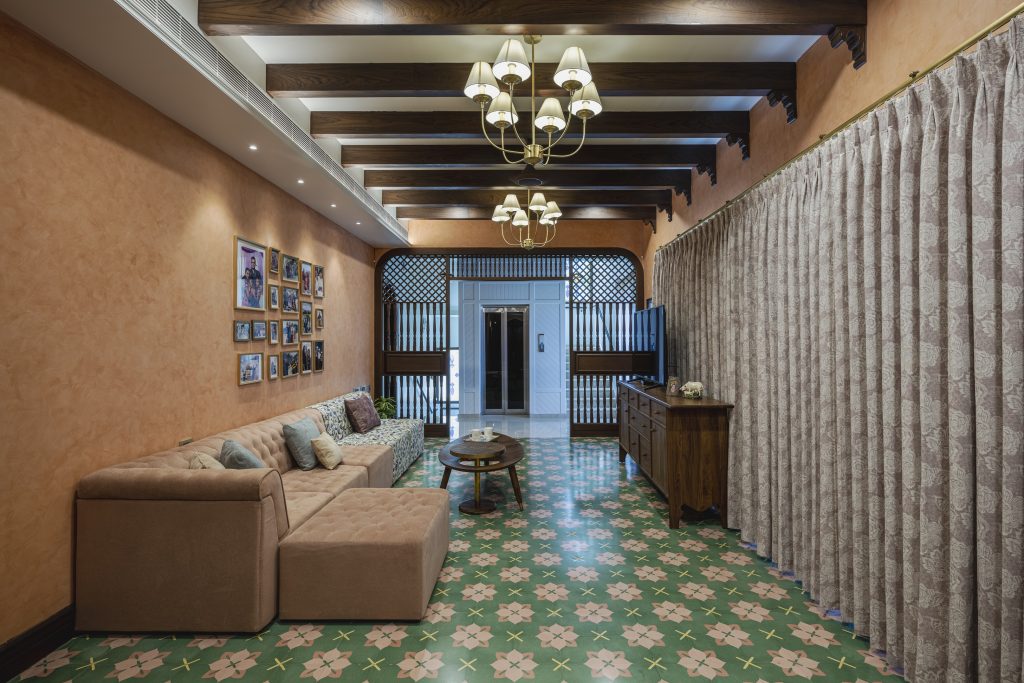
Villa in Chennai
Q. From your experience, what are the crucial dos and don’ts for young designers trying to establish themselves in India, and what professional forums or communities would you recommend they join?
Misbah Kapadia : Do: Hone your craft, spend time on-site, and understand the practical aspects of execution. Don’t: Rush into taking on too many projects—quality will always matter more than quantity. Join communities like the Institute of Indian Interior Designers (IIID) or other design forums that foster dialogue between professionals, artisans, and clients.
Do: Stay curious, build strong relationships with contractors and artisans, and keep learning beyond the classroom. Don’t: Undervalue your work or compromise on your design principles just to fit in. Engage with professional groups like IIID and networking forums where you can exchange ideas and gain mentorship.
Q. As you look ahead, what kind of projects or directions would you like to explore?
Misbah Kapadia : I’m keen on exploring all aspects of hospitality, retail, and commercial design, both within India and internationally. Each new context brings fresh opportunities to experiment, adapt, and create spaces that leave a lasting impact.
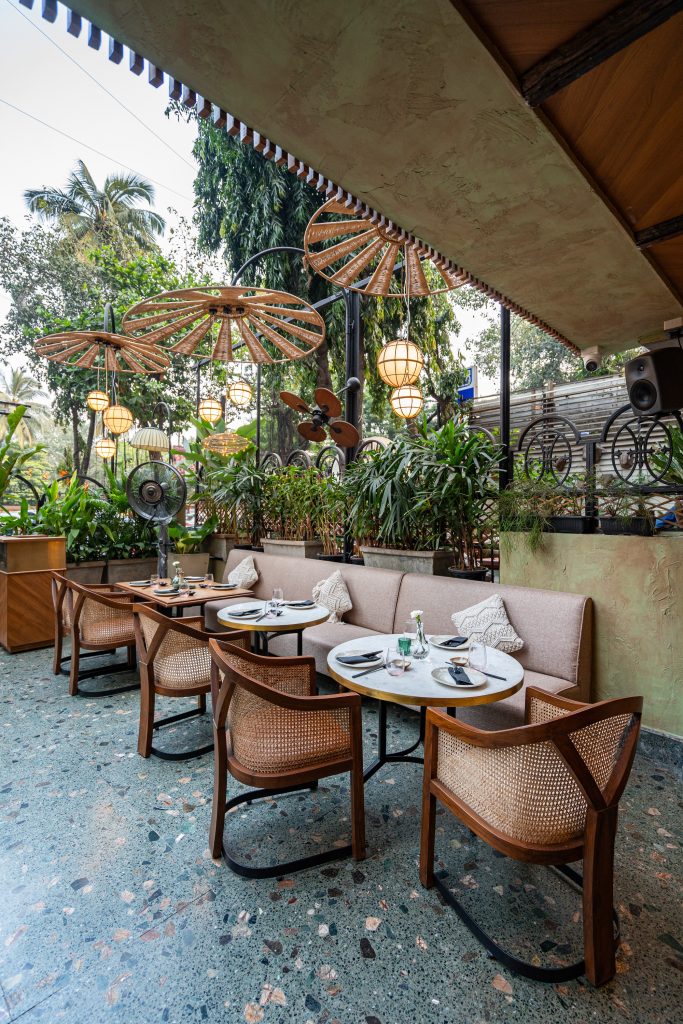
Tango Tamari Restaurant
Q. For aspiring designers looking to make their mark in India’s design landscape, what wisdom would you share from your journey?
Misbah Kapadia : Stay curious and never stop learning, design is an evolving language. Respect the craft, be patient with the process, and remember that the most memorable spaces are built with equal parts passion and precision.
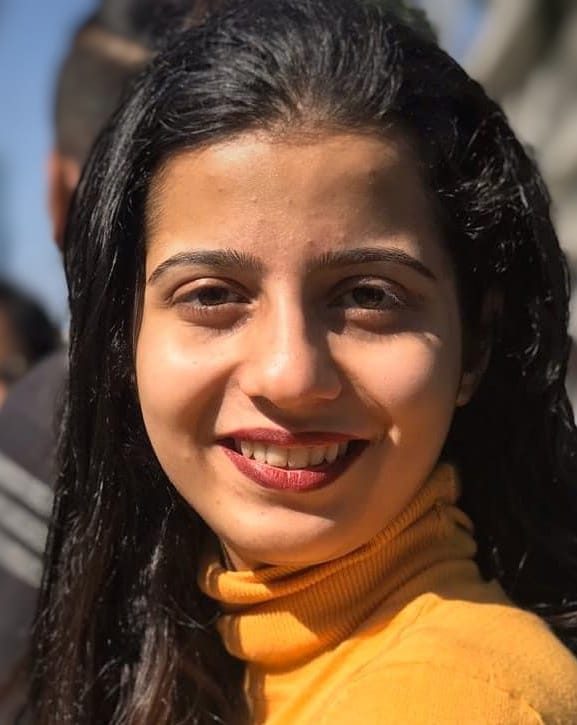
Citizen of The World. A musician, artist and writer. Social media manager at Abir Pothi

